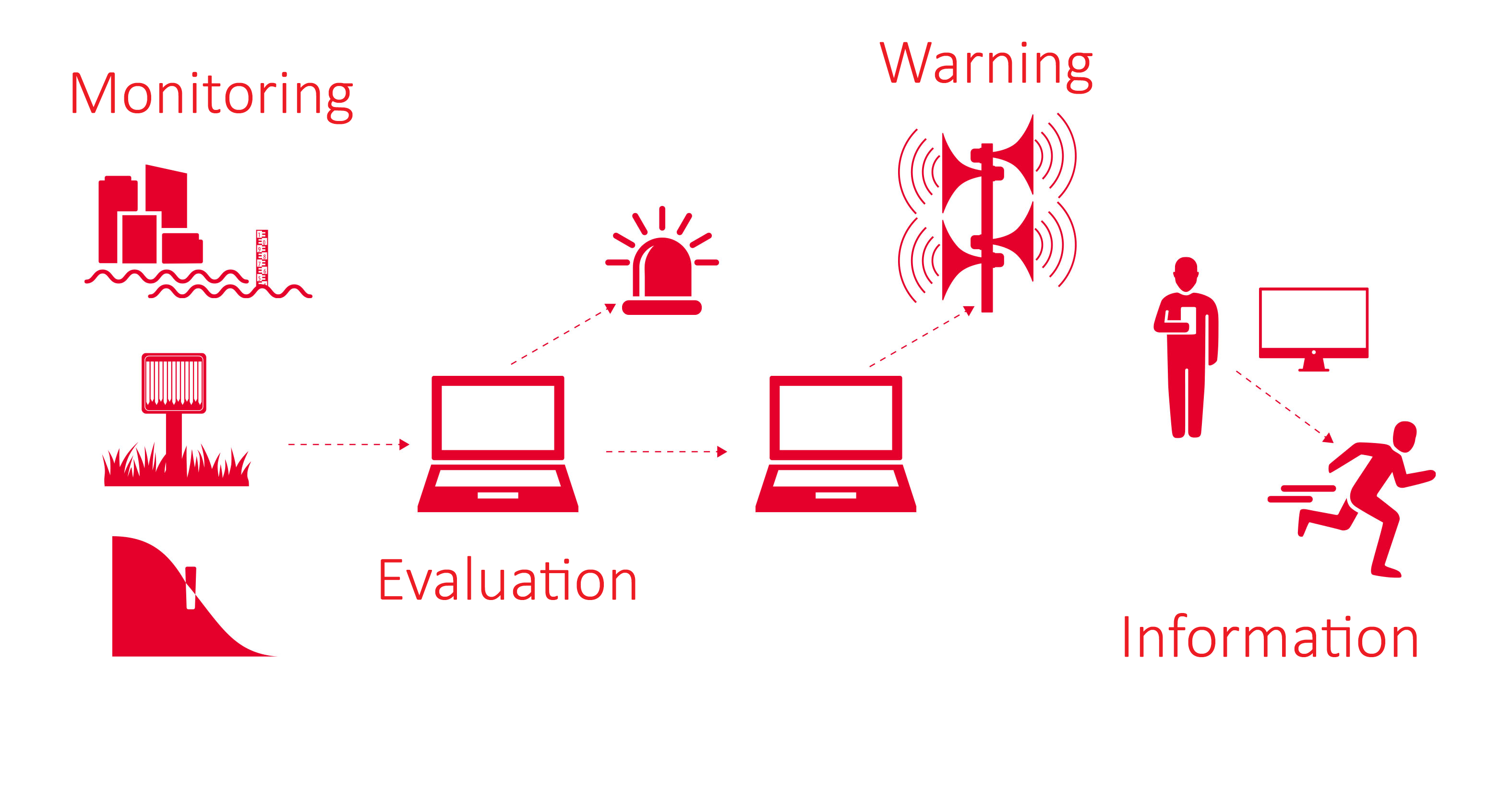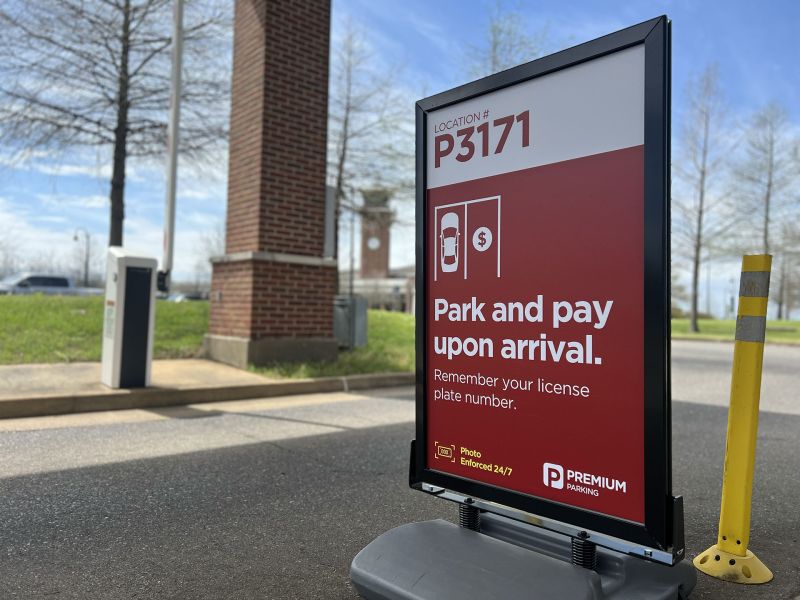Effective Flood Alert Systems: How They Work And Protect You

Table of Contents
How Effective Flood Alert Systems Work
Effective flood alert systems operate on the core principle of monitoring and prediction. They continuously collect data from various sources, analyze it using sophisticated algorithms, and then disseminate timely warnings to at-risk populations. This process involves several key steps:
Data Collection and Analysis:
- Rainfall sensors and gauges: These instruments measure rainfall intensity and accumulation, providing crucial data for flood forecasting.
- River level monitors and gauges: Strategically placed along rivers and streams, these sensors track water levels, identifying potential flood risks.
- Weather radar and satellite imagery: These technologies offer a broader perspective, providing real-time information on precipitation patterns and storm movement.
- Groundwater level sensors: Monitoring groundwater levels helps predict potential flooding from subsurface saturation.
- Early warning models and predictive algorithms: Sophisticated software analyzes the collected data to predict flood probabilities, timing, and extent. These models consider factors like rainfall intensity, soil saturation, river capacity, and historical flood data.
Alert Dissemination:
Effective communication is paramount. Alert systems utilize various channels to reach the public:
- Targeted alerts based on geographic location: Warnings are sent only to those in potentially affected areas, maximizing efficiency and minimizing disruption.
- Multiple communication channels for redundancy: SMS text messages, mobile app notifications, sirens, public address systems, and even social media are used to ensure widespread coverage.
- Integration with emergency response systems: Flood alert systems are often linked to emergency services, allowing for coordinated response and evacuation efforts.
Types of Effective Flood Alert Systems
Flood alert systems vary in scale and complexity, ranging from localized community initiatives to sophisticated national and even international collaborations.
- Community-based systems: These systems utilize local sensors and communication networks, often relying on community volunteers for data collection and dissemination. Examples include neighborhood-based flood warning groups using simple rain gauges and social media.
- National systems: National-level systems employ extensive sensor networks and advanced modeling capabilities, covering larger geographical areas. For example, many developed nations have sophisticated hydrological monitoring networks linked to national weather services.
- International collaboration: Transboundary rivers require international cooperation for effective flood management. Data sharing and joint forecasting efforts are crucial in these scenarios. Examples include collaborative initiatives between neighboring countries sharing river basins.
Each system type presents unique advantages and disadvantages. Community-based systems offer localized focus and potentially lower costs but may lack the sophisticated modeling of national systems. National systems offer broader coverage and advanced prediction capabilities, but may require significant investment and technical expertise. International collaborations are essential for transboundary flood risks but require strong diplomatic and technical relationships.
The Importance of Effective Flood Alert Systems in Protecting Communities
Effective flood alert systems play a vital role in saving lives and mitigating the devastating impact of floods.
Saving Lives and Reducing Damage:
- Reduced loss of life through timely evacuation warnings: Early warnings provide precious time for residents to evacuate, significantly reducing casualties.
- Minimized property damage by enabling preventative measures: Alerts allow for the implementation of protective measures such as moving valuables to higher ground or reinforcing structures.
- Improved emergency response coordination and efficiency: Integrated systems streamline communication between emergency services and the public.
Economic and Societal Benefits:
- Cost savings in the long run compared to post-flood recovery efforts: The cost of implementing a robust flood alert system is far outweighed by the long-term savings from avoided damage.
- Protection of critical infrastructure: Early warnings allow for the safeguarding of essential services like hospitals, power plants, and transportation networks.
- Enhanced community resilience: Effective systems promote preparedness and foster a sense of security.
- Increased public awareness of flood risks: Regular alerts raise public awareness about potential flood threats.
- Improved community preparedness and resilience: Communities that receive regular and accurate warnings are better prepared to respond effectively to floods.
Choosing the Right Flood Alert System
Selecting the appropriate flood alert system requires careful consideration of several factors:
- Geographic location and flood risk assessment: The system's capabilities must match the specific flood risks in the area.
- Budget and available resources: Cost-effectiveness is a crucial consideration, balancing system capabilities with available funding.
- Technical expertise and maintenance requirements: The system should be manageable with available technical skills and resources.
- Community needs and communication preferences: The system should effectively reach the target population, considering language, accessibility, and communication channels.
Conclusion
Effective flood alert systems are essential tools for protecting communities from the devastating impacts of flooding. These systems, encompassing various technologies and approaches, play a crucial role in saving lives, minimizing property damage, and fostering community resilience. From the sophisticated national monitoring networks to localized community initiatives, timely and accurate warnings are paramount. The benefits extend beyond immediate life safety; they include substantial economic advantages and the strengthening of community preparedness. Invest in your safety – explore effective flood alert systems in your area and advocate for improved flood preparedness measures in your community. Don't wait for a flood – understand and utilize effective flood alert systems now!

Featured Posts
-
 Elon Musk And Dogecoin The Latest Developments
May 25, 2025
Elon Musk And Dogecoin The Latest Developments
May 25, 2025 -
 Escape To The Countryside Choosing The Right Property For Your Needs
May 25, 2025
Escape To The Countryside Choosing The Right Property For Your Needs
May 25, 2025 -
 European Collaboration Key To Bangladeshs Economic Growth
May 25, 2025
European Collaboration Key To Bangladeshs Economic Growth
May 25, 2025 -
 New York Times Connections Hints And Answers For Puzzle 646 March 18 2025
May 25, 2025
New York Times Connections Hints And Answers For Puzzle 646 March 18 2025
May 25, 2025 -
 England Airpark And Alexandria International Airport Promoting Local And International Travel With Ae Xplore
May 25, 2025
England Airpark And Alexandria International Airport Promoting Local And International Travel With Ae Xplore
May 25, 2025
Latest Posts
-
 La Liga Da Soerloth Sov Ilk Yarida Doert Gol
May 25, 2025
La Liga Da Soerloth Sov Ilk Yarida Doert Gol
May 25, 2025 -
 Soerloth La Liga Da 4 Gol Muhtesem Baslangic
May 25, 2025
Soerloth La Liga Da 4 Gol Muhtesem Baslangic
May 25, 2025 -
 Soerloth Un La Liga Firtinasi Ilk 30 Dakikada 4 Gol
May 25, 2025
Soerloth Un La Liga Firtinasi Ilk 30 Dakikada 4 Gol
May 25, 2025 -
 Sevilla 1 Atletico Madrid 2 Mac Oezeti Istatistikler Ve Yorumlar
May 25, 2025
Sevilla 1 Atletico Madrid 2 Mac Oezeti Istatistikler Ve Yorumlar
May 25, 2025 -
 Real Madrid De Skandal Doert Yildiza Sorusturma Baslatildi
May 25, 2025
Real Madrid De Skandal Doert Yildiza Sorusturma Baslatildi
May 25, 2025
